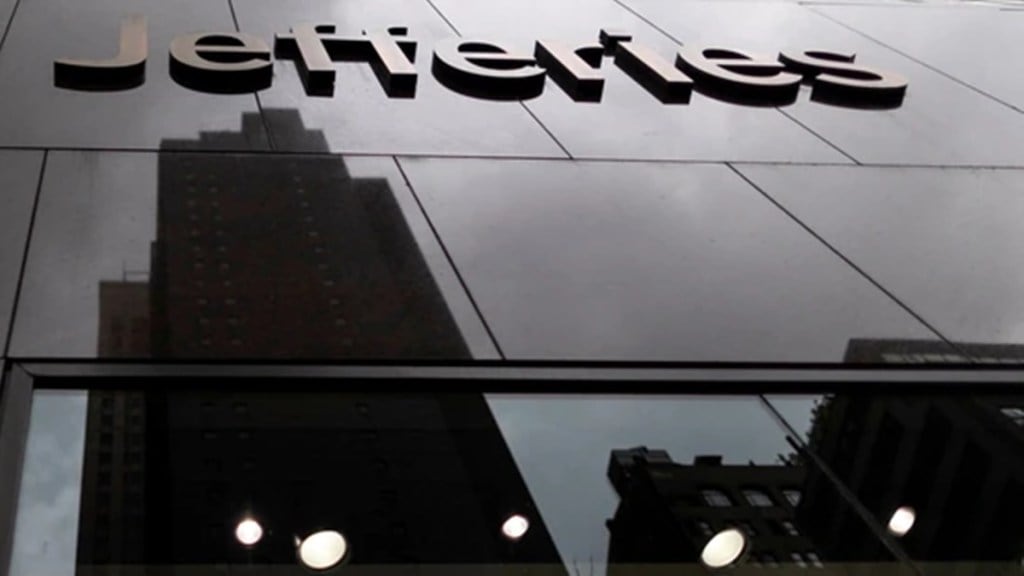The rate cut by US Federal Reserve after a gap of four years has opened the way for similar actions by Asian countries including India, Chris Wood, Global Head of Equity Strategy, Jefferies, said on Thursday, but added that a “conservative” Reserve Bank of India (RBI) might still not start easing rates in 2024.
Wood added that the Fed’s decision was unlikely to lead to any additional capital inflows to India, while other emerging markets like Brazil and Indonesia might see a rise in inflows. This is because Indian equity markets are over-valued. “Foreign investors have been a bit nervous of the Indian equity valuations. While China’s equities are trading about eight times the earnings, India’s is at 29 times.” Indian markets, he said,were less correlated to global volatilities.
Wood was, however, bullish on Indian debt market with a stable rupee. As of last weekend, the 10-year Indian rupee government bond has outperformed the US 10-year treasury bond in US dollar terms by 36% since April 2020. “So, I have a 20% allocation to the Indian 10-year government bond in my global sovereign debt portfolio,” Wood said.
“The fact is that every Asian country this year, including India, could have cut rates based on their own domestic inflation. (Whether under pressures or not), they haven’t really been cutting rates because they didn’t want to risk their currencies before the Fed started cutting (the benchmark rate),” Wood said.
Now, with the rate cut by Fed, the room is open for Asian central banks to start monetary easing, he said.
“It’s good the RBI can cut rates, but we don’t think the RBI is in any hurry to (do so) aggressively,” Wood said.
The Fed lowered its benchmark interest rate by 50 basis points Wednesday, for the first time in four years, in what is seen to be an aggressive start to a policy shift aimed at bolstering the US labour market.
The RBI’s Monetary Policy Committee has kept the repo rate steady at 6.5% for the ninth time in a row in August policy review, as sticky food inflation continued to remain a threat to retail inflation. Mahesh Nandurkar, Head of Research & Head Strategist, Jefferies India said India’s central bank might cut rates by 50 basis points between January-March and April-June 2025.
The CPI inflation inched up marginally to 3.7% in August from 3.5% in July, largely on account of an uptick in food inflation. The RBI is targeting 4% inflation on a durable basis.
The global investment firm has noted that the biggest risk for global markets today is geopolitics because of situations in Russia-Ukraine and Middle East, which continue to escalate. Crude prices trading at the bottom of the range of $70-90/barrel for an extended period is a positive for India, Wood said.
However, Wood said India’s going to trade on it on its own news flow with domestic investors driving the market. India is less correlated to volatility in the Wall Street.
“India was not correlated to the yen carry trade unwind. That was an encouraging signal that India is becoming less correlated,” Wood said.
Nandurkar said India has now entered a phase of investments driven growth, as compared to a dominantly consumption-driven growth over the last decade.
“(Given the global backdrop) we are looking at more like 6.5-7% kind of a sustainable GDP growth for India over the next several years,” Nandurkar said.
